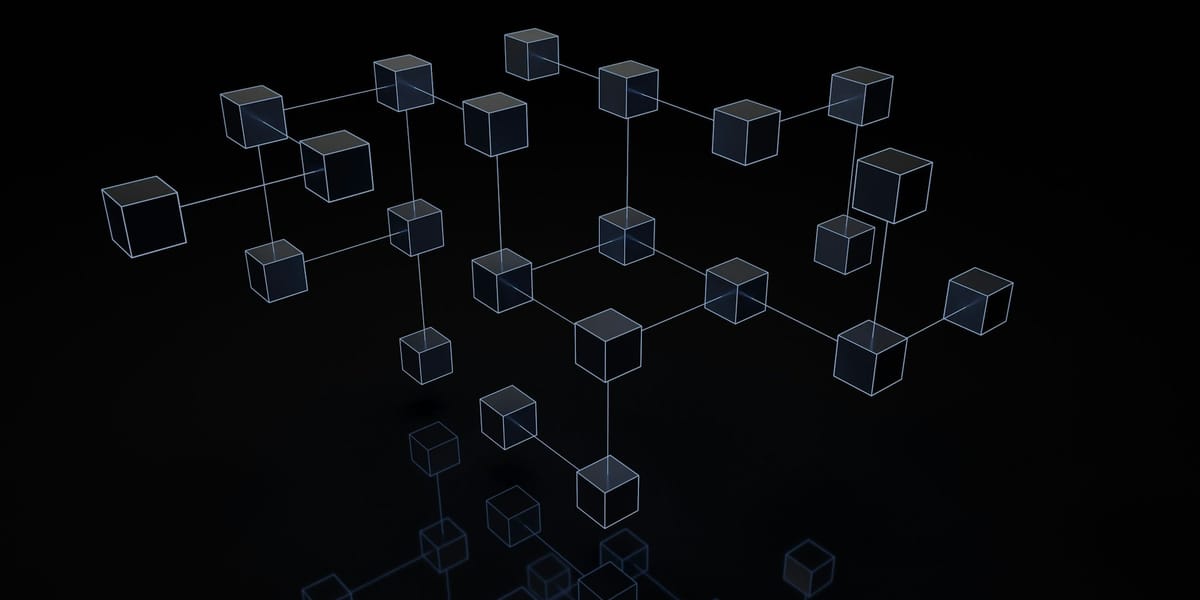Blockchain Technology for Dummies

Blockchain technology, often heralded as the next big thing in tech, can be a daunting concept to grasp. However, at its core, it's a relatively simple idea: a digital ledger of transactions that is duplicated and distributed across a network of computer systems.
The Basics: Blocks and Chains
Imagine a chain of blocks, where each block contains a record of transactions. Once a transaction is verified by the network, it's added to a block. This block is then linked to the previous block, forming a chain. This chain of blocks is the "blockchain."
The Power of Decentralization
Unlike traditional databases, blockchain is decentralized. This means there's no single authority in control. Instead, the blockchain is maintained by a network of nodes (computers). Each node has a copy of the blockchain, and all nodes work together to verify and record transactions. This decentralization makes blockchain secure and transparent.
More Than Just Cryptocurrency
While blockchain is often associated with cryptocurrencies like Bitcoin, its applications go far beyond digital money. It can be used for secure data sharing, supply chain management, voting systems, and much more. The possibilities are virtually limitless.
The Future of Blockchain: A Look at the Research
Recent research papers highlight the potential of blockchain to revolutionize various industries.
A 2022 study published in the Journal of Business Research explored the use of blockchain in supply chain management. The researchers found that blockchain can improve transparency, traceability, and efficiency in supply chains (Kamble et al., 2022).
Another 2022 study published in the International Journal of Information Management investigated the potential of blockchain in healthcare. The authors concluded that blockchain could enhance data security, interoperability, and patient empowerment in the healthcare sector (Agbo et al., 2022).
A 2023 paper published in the journal Technological Forecasting and Social Change analyzed the potential of blockchain technology for sustainability. The researchers found that blockchain could contribute to achieving several Sustainable Development Goals, including responsible consumption and production, climate action, and partnerships for the goals (Saberi et al., 2023).
Challenges and Limitations
Despite its potential, blockchain technology also faces several challenges. Scalability, energy consumption, and regulatory issues are among the most pressing concerns. However, ongoing research and development are addressing these challenges, paving the way for a wider adoption of blockchain.
In Conclusion
Blockchain technology, while still in its early stages, has the potential to disrupt various industries and transform the way we do business. Its decentralized nature, security, and transparency offer a wide range of applications. As research continues to explore the possibilities of blockchain, we can expect to see even more innovative and impactful use cases in the future.
References
- Agbo, C. C., Mahmoud, Q. H., & Eklund, J. (2022). Blockchain technology in healthcare: A systematic review. International Journal of Information Management, 60, 102381.
- Kamble, S. S., Gunasekaran, A., & Gawankar, S. A. (2022). Achieving sustainable supply chain management using blockchain technology: A systematic literature review. Journal of Business Research, 139, 1138-1150.
- Saberi, S., Kouhizadeh, M., Sarkis, J., & Shen, L. (2023). Blockchain technology and the sustainable development goals (SDGs): A systematic review. Technological Forecasting and Social Change, 186, 122085.



